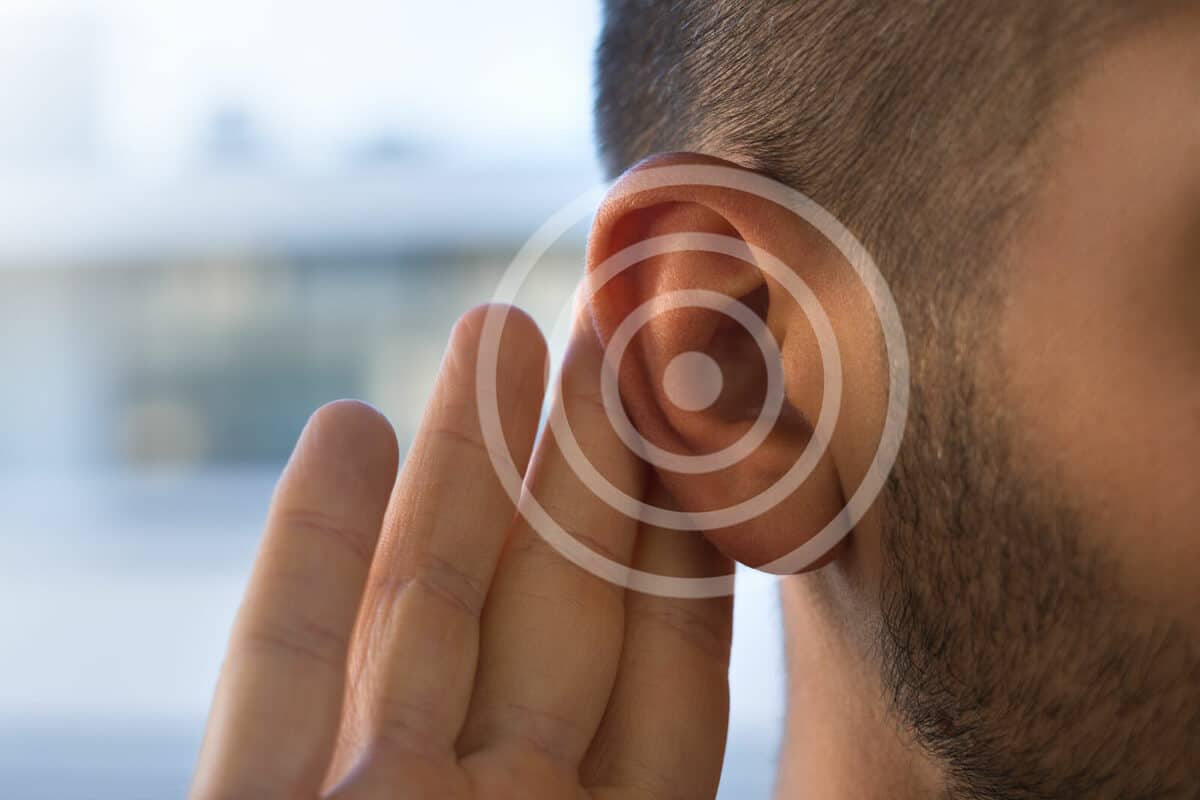Tinnitus, often described as a persistent ringing, buzzing, or humming in the ears, is a prevalent audiological concern affecting millions worldwide. As a hearing professional, understanding the facts about tinnitus is crucial for providing valuable insights and compassionate care to those affected. In this article, we will explore the latest advancements in tinnitus prevention, diagnosis, and management, incorporating recent research and potential futuristic interventions.
Understanding Tinnitus:
Tinnitus is not a standalone condition but rather a symptom of an underlying issue, often related to hearing loss. It can manifest as a constant or intermittent sound, affecting one or both ears. Various factors contribute to tinnitus, including exposure to loud noise, age-related hearing loss, certain medications, and underlying health conditions. As a hearing professional, it is essential to recognize that tinnitus can significantly impact an individual’s quality of life, leading to sleep disturbances, stress, and even depression.
The Importance of Early Detection:
Early detection of tinnitus is crucial for effective management. Encouraging routine hearing check-ups can help identify potential issues before they escalate. Recent research has highlighted the link between untreated hearing loss and the increased risk of tinnitus. By addressing hearing loss promptly, hearing professionals can mitigate the development and severity of tinnitus, emphasizing the importance of a holistic approach to audiological care.
Advancements in Prevention:
Preventing tinnitus often involves safeguarding against common risk factors. Promoting awareness about the damaging effects of excessive noise exposure and advocating for hearing protection measures, such as earplugs and noise-canceling headphones, can significantly reduce the incidence of tinnitus. Additionally, staying informed about medications that may have ototoxic effects and monitoring patients for potential hearing-related side effects can contribute to prevention efforts.
Diagnostic Innovations:
Accurate diagnosis is the foundation of effective tinnitus management. Recent advancements in diagnostic tools have empowered hearing professionals to conduct more precise assessments. High-resolution imaging techniques, such as functional magnetic resonance imaging (fMRI), enable a detailed examination of the auditory pathways, aiding in the identification of specific neural correlates associated with tinnitus perception. These tools enhance our understanding of the complex interplay between the auditory system and tinnitus, facilitating personalized treatment strategies.
Management Strategies:
Tinnitus management extends beyond treating the symptom itself and often involves addressing the underlying causes. Hearing aids equipped with advanced signal processing algorithms can effectively manage hearing loss, consequently reducing the prominence of tinnitus. Cognitive-behavioral therapy (CBT) has also emerged as a valuable tool, helping individuals cope with the emotional and psychological impact of tinnitus.
Innovative Therapies on the Horizon:
The landscape of tinnitus management is continually evolving, with promising futuristic interventions on the horizon. Neurostimulation techniques, such as transcranial magnetic stimulation (TMS) and deep brain stimulation (DBS), are undergoing exploration as potential avenues for modulating neural activity and alleviating tinnitus symptoms. While these interventions are in the early stages of research, they hold promise for individuals resistant to traditional management approaches.
Compassionate Care:
As hearing professionals, it is essential to approach tinnitus with empathy and understanding. Acknowledging the impact of tinnitus on an individual’s well-being and providing emotional support can be as vital as implementing clinical interventions. Educating patients about the dynamic nature of tinnitus, its potential causes, and the array of available management strategies fosters a sense of empowerment and control.
In the realm of audiology, the facts about tinnitus are constantly evolving, driven by ongoing research and technological advancements. As hearing professionals, our role extends beyond diagnosis and treatment; it involves compassionate care, patient education, and a commitment to staying informed about the latest developments in tinnitus management. By embracing a holistic approach that combines prevention, early detection, and innovative interventions, we can empower individuals to navigate the intricate landscape of tinnitus with resilience and hope.


